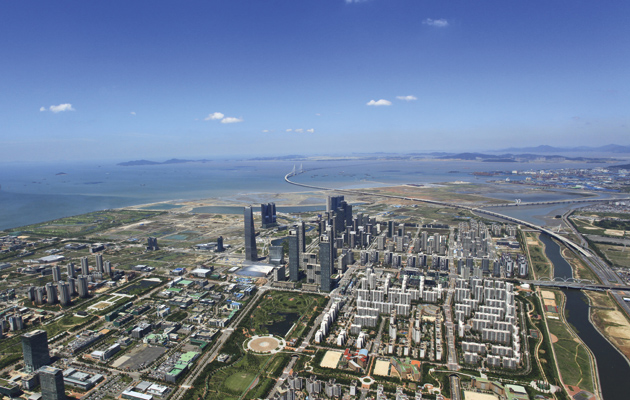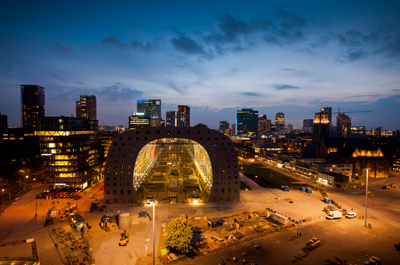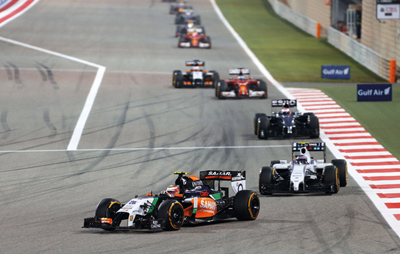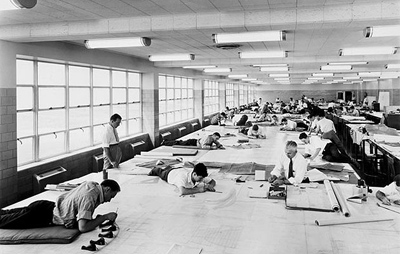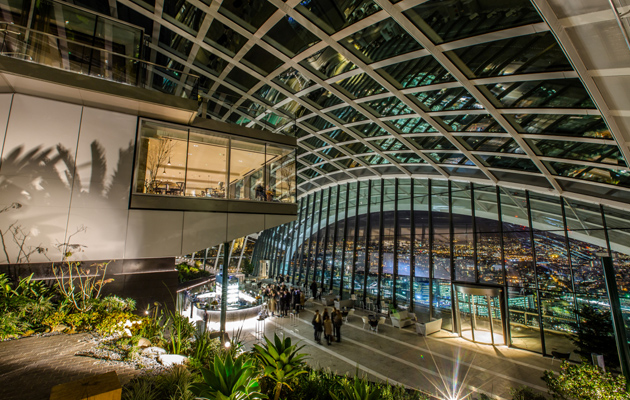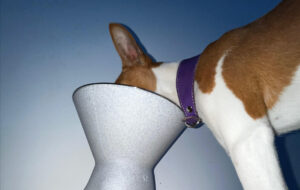|
|
||
|
MVRDV’s grand gesture in Rotterdam, architects’ role in the war and Owen Hatherley’s angle on the Walkie-Talkie caused a buzz among Icon readers this week 1. Can we outsmart the smart city? Our cover story from our Data issue, in which we looked at the dangers of turning a city onto autopilot and relying on big data, remained the most popular article this week. “The same information that was innocuous when provided to the Dutch Bureau of Statistics turned out to be lethal in the hands of the Gestapo,” argued Adam Greenfield. Our report about the Dutch firm’s housing development wrapped around a market hall in Rotterdam prompted a reader to ask questions about the building’s use in practice . “I have always wondered how people who live here would think and feel of it – would they feel they were returning home or to an icon? I have always wondered how such buildings are maintained, having seen some of the glass facade buildings in Bombay, India, and the workers who are employed to keep their sheen alive. I wonder if it’s easy or difficult to clean, both from inside and outside? I wonder if architects have to ever think about such things?
3. Crimes Against Design: Formula One cars Charles Holland expressed his disgust at contemporary racing cars. “The crop of 2014 is perhaps the worst ever due to a particularly disastrous coming together of aerodynamics and safety requirements. This has resulted in the ‘ant-eater; nose, a dangling protuberance that also suggests more obscene associations.”
4. Architecture in Uniform: Designing and Building for the Second World War In 2011, Fatema Ahmed reviewed an exhibition that examined the role of architects during the war, after the RIBA called on the profession to “fight as architects in the fullest sense of the word”, warning of the danger of leaving their job to engineers. The exhibition has now returned to the MAXXI museum in Rome.
5. Rafael Viñoly’s grotesque imposition Last week, the viewing terraces at the top of Rafael Viñoly’s Walkie-Talkie tower on Fenchurch Street (pictured below) opened to the public. Owen Hatherley had a look at a different view – the one from the ground near City Hall towards the building – and found it to be rather less spectacular. |
Words Icon |
|
|
||
|
|
||

